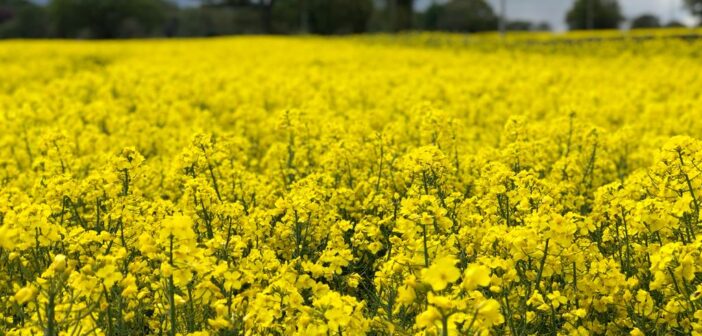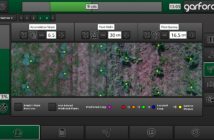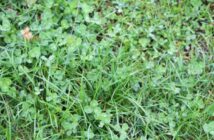Growers are been urged to keep dose rates high to control sclerotinia in oilseed crops this season. The disease limits the movement of water and nutrients through the plant, and can reduce yields by up to 50% or even a complete loss through plant death.
Effective control relies on protectant fungicides that are applied during mid-flowering and before any significant petal fall.
Ruth Stanley, country manager at Life Scientific, suggests that the next few weeks will be vital for growers: “Flowering is relatively on track in rapeseed crops this season and will begin in mid-April. Some forward crops are already starting to flower,” she says.
“By spraying during mid-flowering, the peak number of flowers receive the fungicide active, which limits disease spread. Another challenge with sclerotinia decisions is that the fungicides only have a protectant role and have to be applied ahead of infection taking place.
“In some years, a prolonged flowering period can also mean that a second spray is required to maintain protection – adding to the crop’s growing costs at a time when all expenditure is being scrutinised and has to be justified.
“Sclerotinia is the reason given for almost 30% of total fungicide use in the crop. Against this background, the weather has become less predictable.”
Ms Stanley adds that understanding the persistence of fungicides after application is key. To better understand this, Life Scientific commissioned trials with ADAS Boxworth which looked at the effect of dose rates of Boscler (boscalid) and Aurelia (prothioconazole).
All treatments containing Boscler and Aurelia were shown to reduce lesion size and development, as well as showing good persistence with an average decline of 15% for the 21 days, she notes.
“However, the most effective and persistent treatments in this trial giving good control for up to 21 days, were those where Boscalid 500WG had been applied at the full rate (0.5kg/ha) – and this is a significant factor. Using less than full rate in the mixtures, gave lower levels of efficacy and increased decline in activity over the 21-day trial period.”
She adds that field conditions were dry when spraying took place, and remained dry for the 21 days. In warm, wet conditions, the sprays would likely be less persistent.
“The season can have quite an effect on the disease, so it means the stakes are getting higher, however these results demonstrate that by maintaining high dose rates, it is possible to provide protective activity against Sclerotinia after spraying, for as long as 21-days.”




